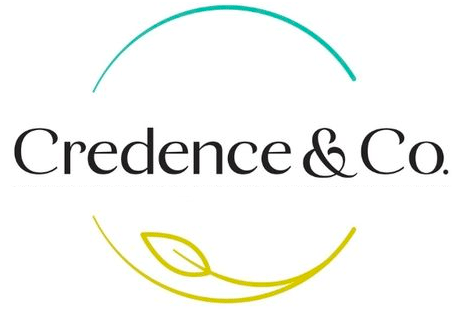Over the last several years and especially over the past 12 months, Credence has been asked to support a number of organizations with addressing themes of anti-racism, anti-oppression, equity, diversity and inclusion (EDI). We have had the privilege of teaching workshops, working with EDI committees, developing EDI-friendly policies and procedures, and coaching and accompanying leaders and staff through tough conversations related to EDI.
In our work, one of the tensions we have frequently observed is with the struggle between the need for urgent change and the need for deep change. Urgent change says, “we cannot wait any longer. We need change now.” Deep change says, “Don’t just make this a window-dressing change. If you are going to make change, do it at a heart and systems level.”
To be fair, some urgent change feels like deep change. And what one person regards as urgent change another regards as deep change. To become truly equitable, diverse and inclusive, there are urgent (and sometimes big) changes that must done immediately. And, to truly change a culture, the work must continue, and must be sustained to truly make lasting change.

It would be lovely if we could make all changes, including deep ones, urgently. Unfortunately, deep change takes time. In fact, we have heard from some marginalized people who have said, ‘Don’t give us quick change because if you do, I won’t trust that you’ve done the work that deep change requires of you.” At the same time, other voices say: “How much longer must we wait for change? Aren’t 100, 300, 500+ years enough? How many people must suffer – and die – before our society becomes truly equitable? Is it not a point of privilege to ask marginalized people to be patient even longer?”
We know that if we only do urgent change, we risk not changing deeply enough. If we focus only on deep change, we may fall into a type of paralysis to the degree that no meaningful change happens. How do we do both – urgent and deep change? How do find and then navigate the intersection space between urgent and deep change?
I have no easy answers to this question. There is no magic formula. What I do know is this: The tension between deep and urgent change cannot be solved with either-or thinking. We must engage with both urgent and deep change at the same time.
Urgently, we must develop EDI-driven policies and we must act on these policies. Urgently we must engage in listening, learning, self-reflection, organizational assessment and we must lean into hard conversations about EDI. Deeply, we must sit with our learning, challenge ourselves to think beyond what we can see, listen carefully to the voices around us, know our history with issues of marginalization and develop concrete long term strategies (that we will have to revisit and modify the more we learn) to nurture a genuinely EDI-driven organization.
For our workplaces to become informed by EDI, we will have to think about our written policies, our unwritten ways of doing things and our often-unconscious biases. How do our words and ways of thinking contribute to exclusion and harm? How could our policies help us shift toward true equity, diversity and inclusion? Who is welcomed in our organization and who is left behind? Who is invited to be in leadership and who is excluded from leadership? What behaviour in ourselves and those around us do we tolerate?
Many people with whom we work are deeply committed to EDI but also worry. They ask: “How do we not make this a one-time investment? How do we ensure a long-term commitment and engagement with EDI?” In response I offer: “Do you make a new budget every year? If yes, then you can keep EDI in front of you too. EDI is not a one-time event. It is an ongoing commitment that must be revisited and updated regularly, not unlike the commitment we make to ensure our financial house is in order.”
As hard as EDI conversations can be, and as hard as organizational transformation related to EDI can be, it is important to remember that the journey toward becoming genuinely equitable, diverse and inclusive can also bring joy, delight and strength to any workplace. When we equitably bridge the divide between us, we experience the joy of one another’s humanity, and we learn from one another’s diverse perspectives and experiences. At a practical level, study after study has revealed that our organizations think smarter and better when a diversity of people is represented in the organization’s leadership and staff.
At Credence, our biggest learning in this work is that what is most needed, especially as it relates to the tension between urgent and deep change, is the need for both grace and empathy: Grace for those trying to make changes and empathy for those who bear the burdens of prejudice and marginalization. The challenge of holding both grace and empathy together while still inhabiting a broken system is not for the faint of heart. EDI asks us hard things of us and our organizations. But along the way, joy, healing and transformation are possible.
